Everybody knows (and some old heads remember) the psychedelic folk music movement of the 1960s. It was an astounding, sudden, and incredible change in music. The age of classic rock and roll had fallen (somewhat) out of favor, the use of psychedelic substances was at its peak, and music (and culture) changed with it all.
Videos by American Songwriter
That being said, there’s one aspect of the psychedelic folk movement that doesn’t get talked about often, and that would be the unique subgenre known as freak folk.
So, what is freak folk? Why doesn’t it get as much love in the broader scope of psychedelic folk music? Let’s take a brief deep dive, shall we?
The Unique Appeal of Freak Folk
Freak folk is a loosely defined subgenre of psychedelic folk. Like its main genre, the early workings of freak folk originated in the 1960s. It wasn’t until the 1990s and 2000s that freak folk became a more solidified and popular genre.
What sets freak folk apart from psychedelic folk as a whole is the subgenre’s use of acoustic elements, often spiritual or Biblical lyrics, and association with neo-hippies. Freak folk’s early years were understated, and its revival in the 2000s was just as much about reviving hippie aesthetics as it was about music.
The Musicians Who Made Freak Folk Cool
Quite a few musicians are associated with freak folk. And sadly, most of them are sorely underrated.
To start, one can’t talk about the freak folk movement without mentioning the incomparable Vashti Bunyan. She is the godmother of freak folk, more or less. Bunyan’s debut 1970 record Just Another Diamond Day is considered one of the most pivotal works in freak folk. Just as well, she found a sort of cult following during the freak folk revival of the early 2000s, which spurred on two additional albums.
There are a few proto-freak folk artists out there worth mentioning as well. The 1971 David Crosby album If Only I Could Remember My Name is a favorite among freak folk enthusiasts. There are also early-era artists like Michael Hurley, Karen Dalton, and Anne Briggs who are associated with freak folk’s influential early years. Proto-punk musician David Peel and The Holy Modal Rounders are other early acts worth noting.
In the early 2000s, freak folk enjoyed a bit of a revival thanks to the musical contributions of indie folk artists like Devendra Banhart and Joanna Newsom. Freak folk is far from dead, but it’s definitely due for a revival in the 2020s. Who knows? It might just happen sooner than we think, with artists like Anastasia Coope and Flowering Shrubs leading the way.
Photo by Evening Standard/Hulton Archive/Getty Images
When you purchase through links on our site, we may earn an affiliate commission.

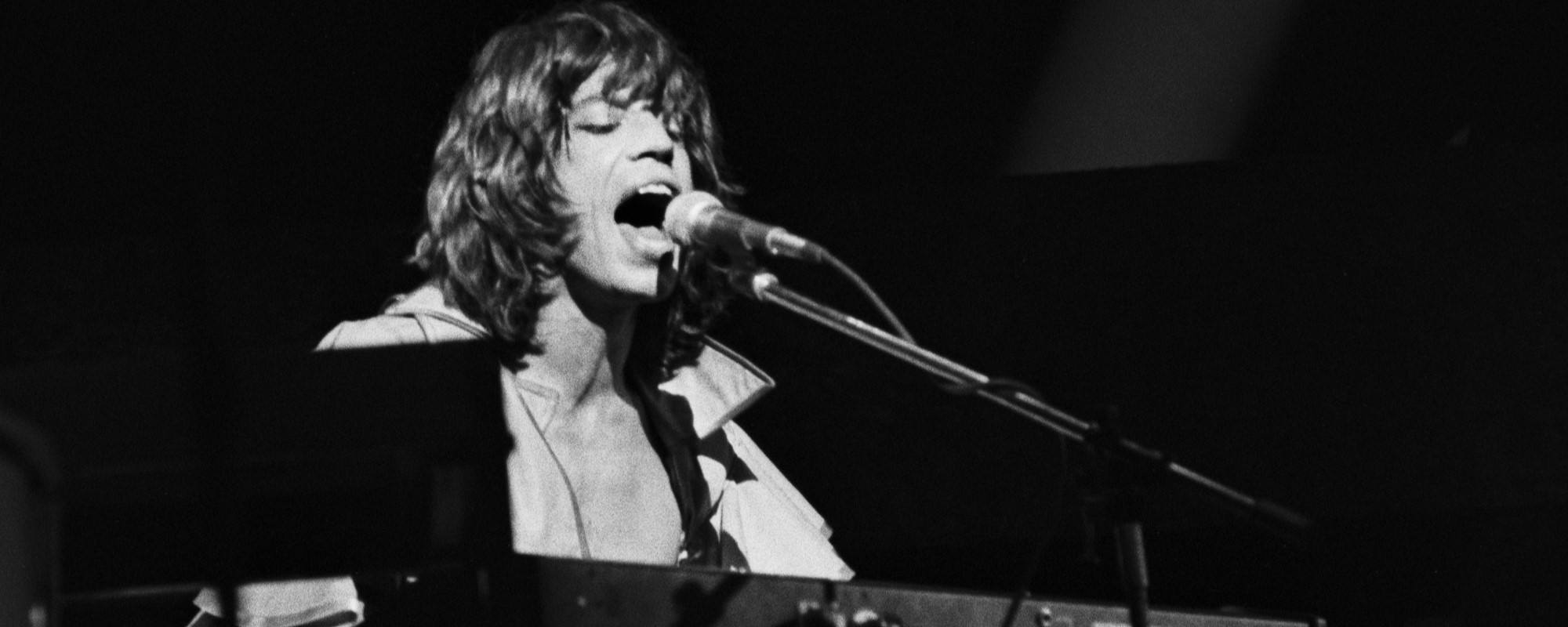
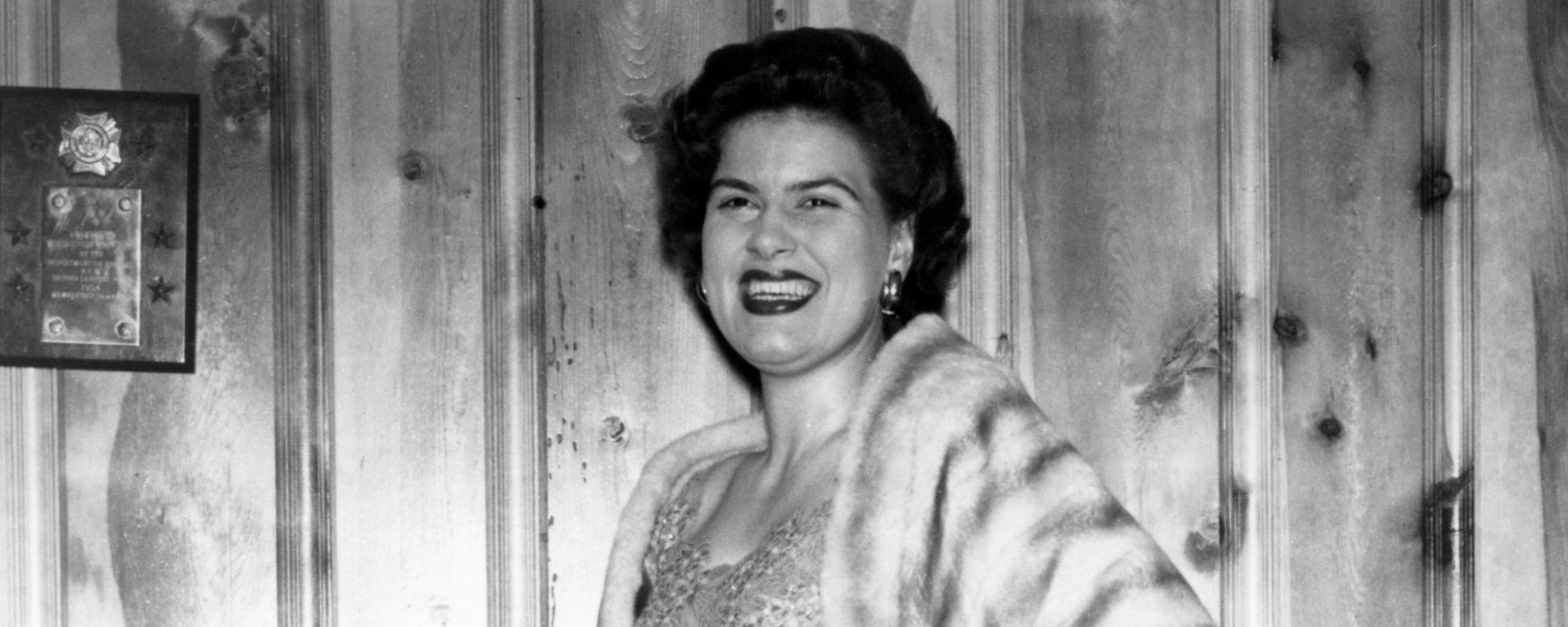
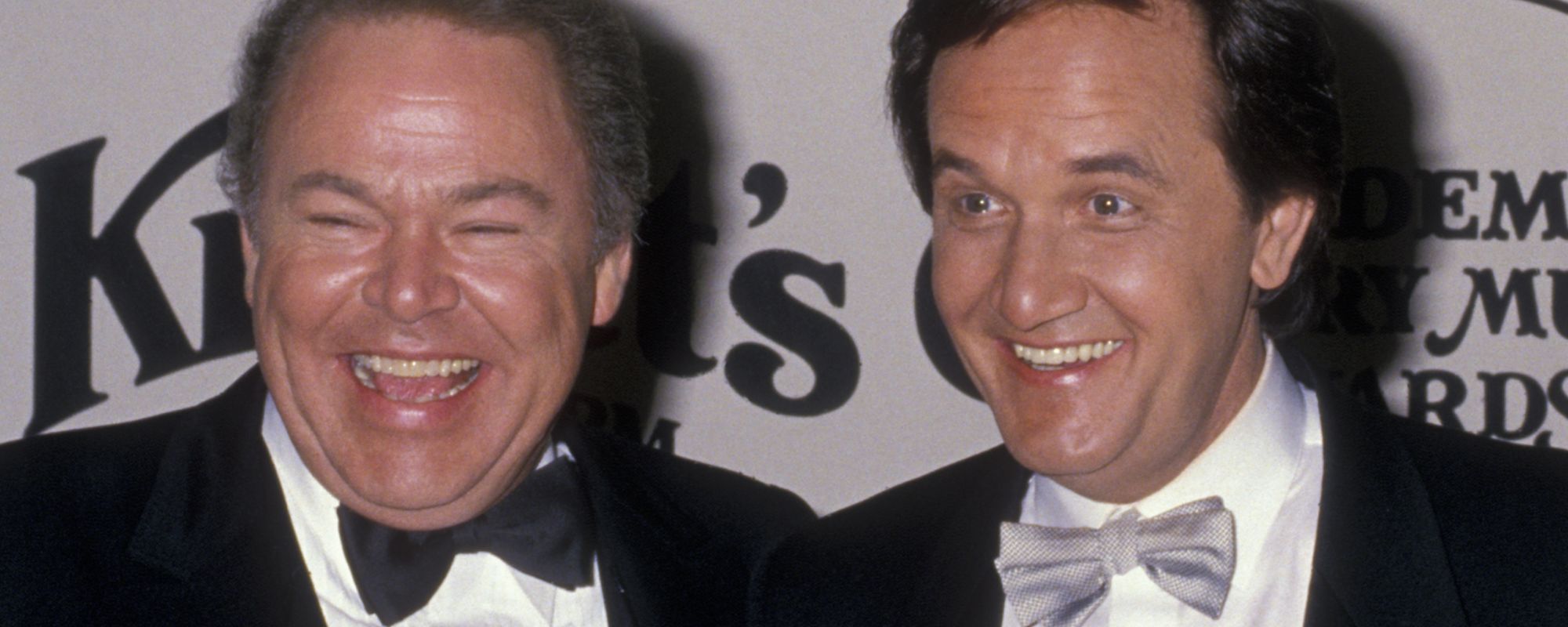
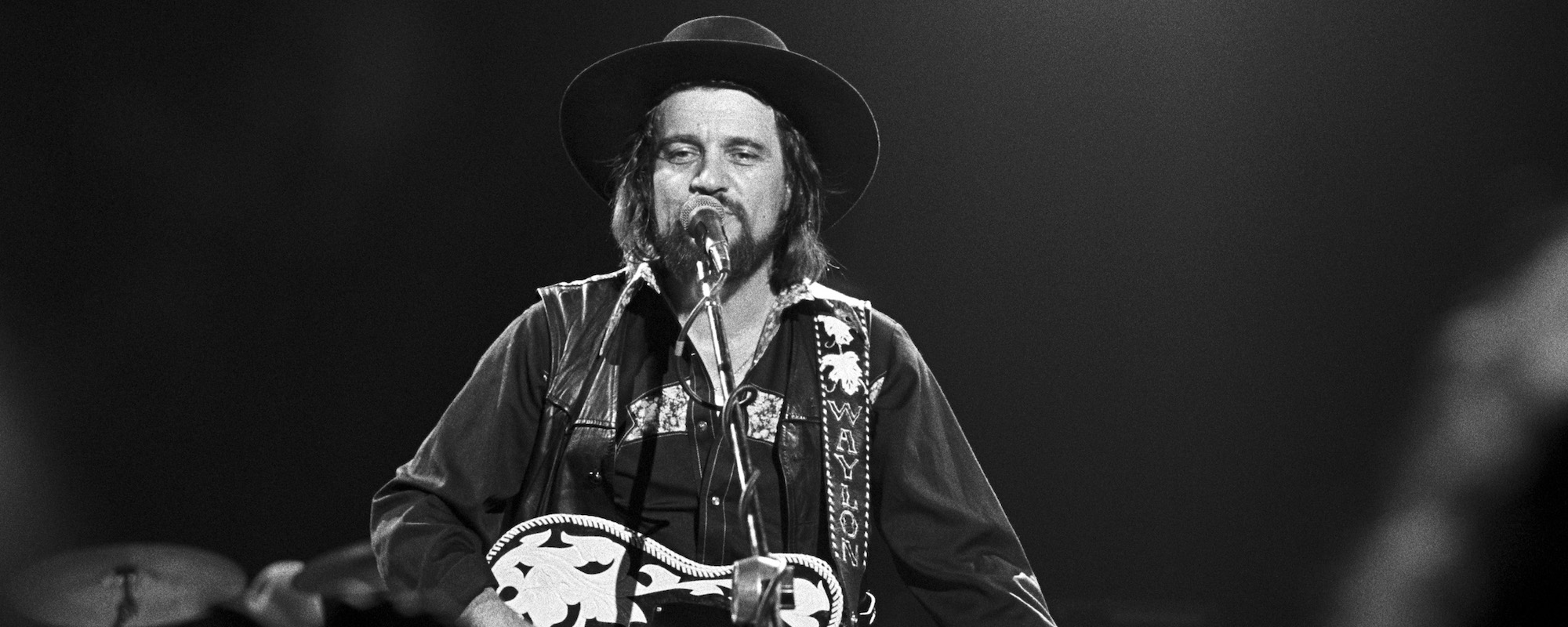
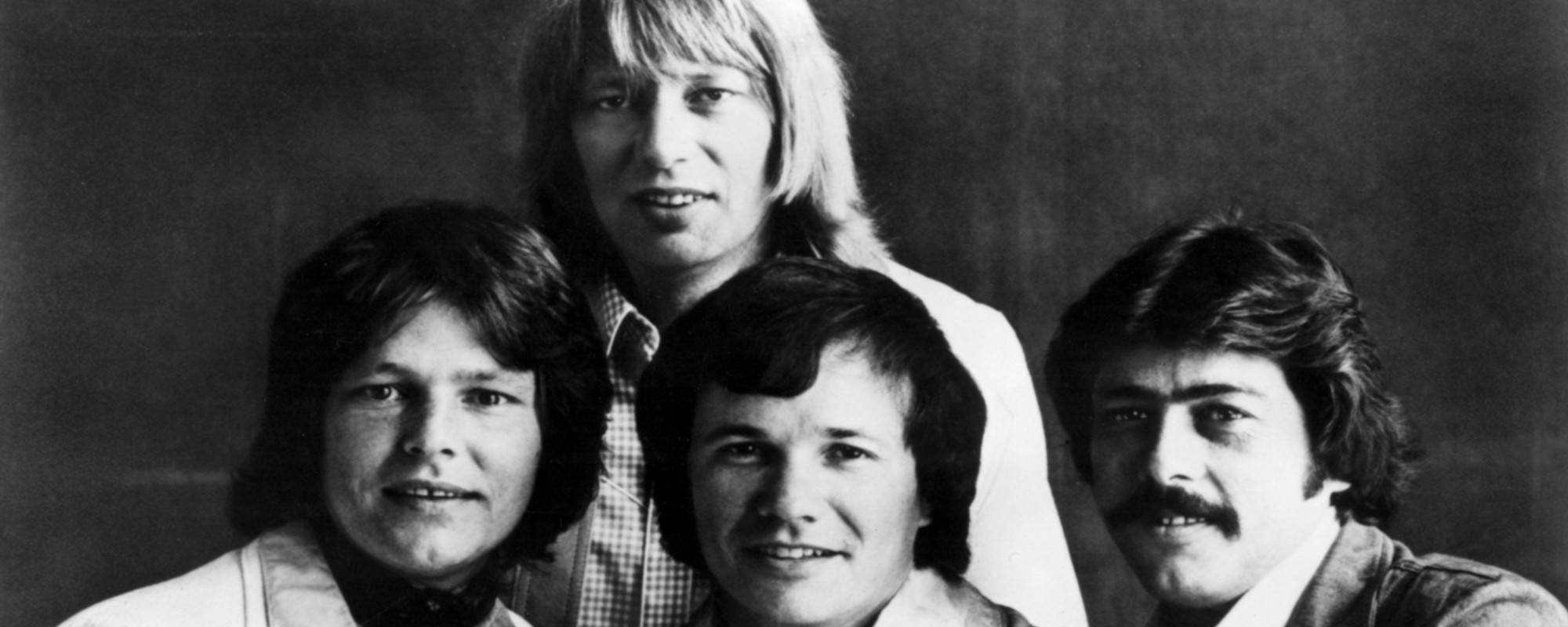

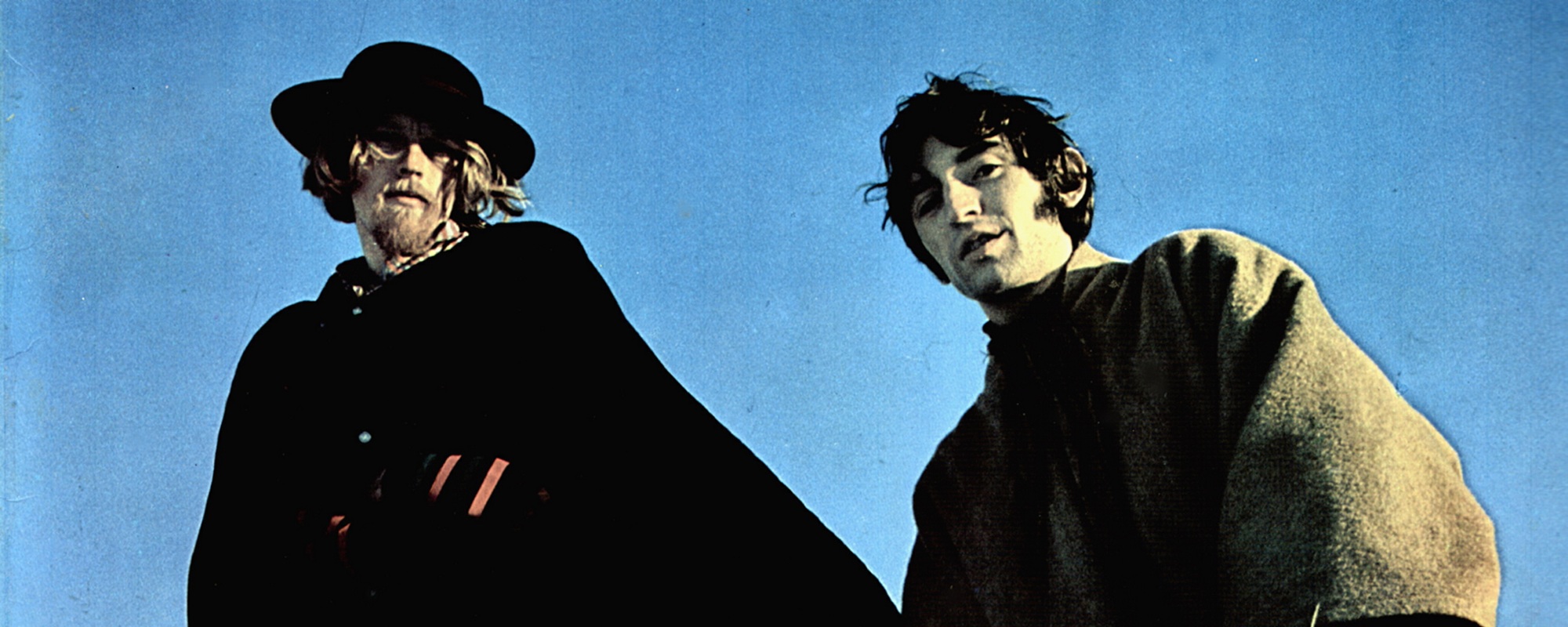
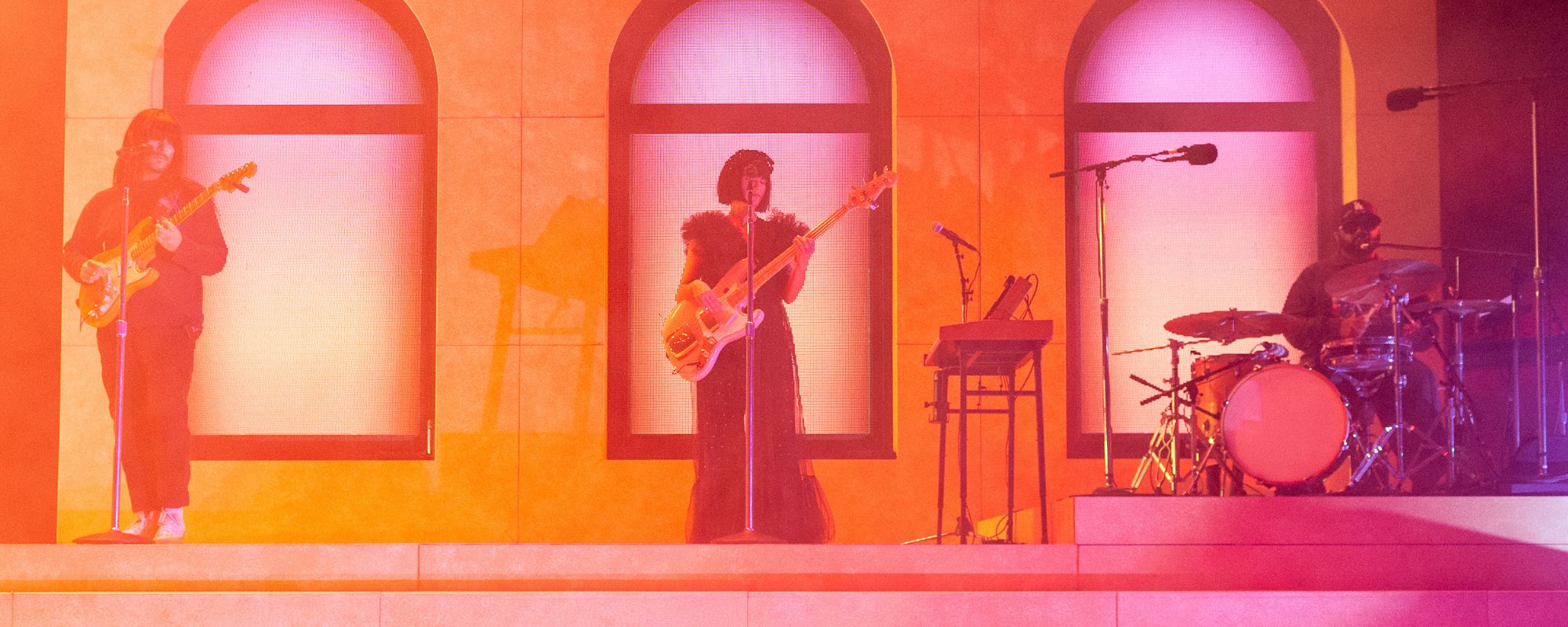
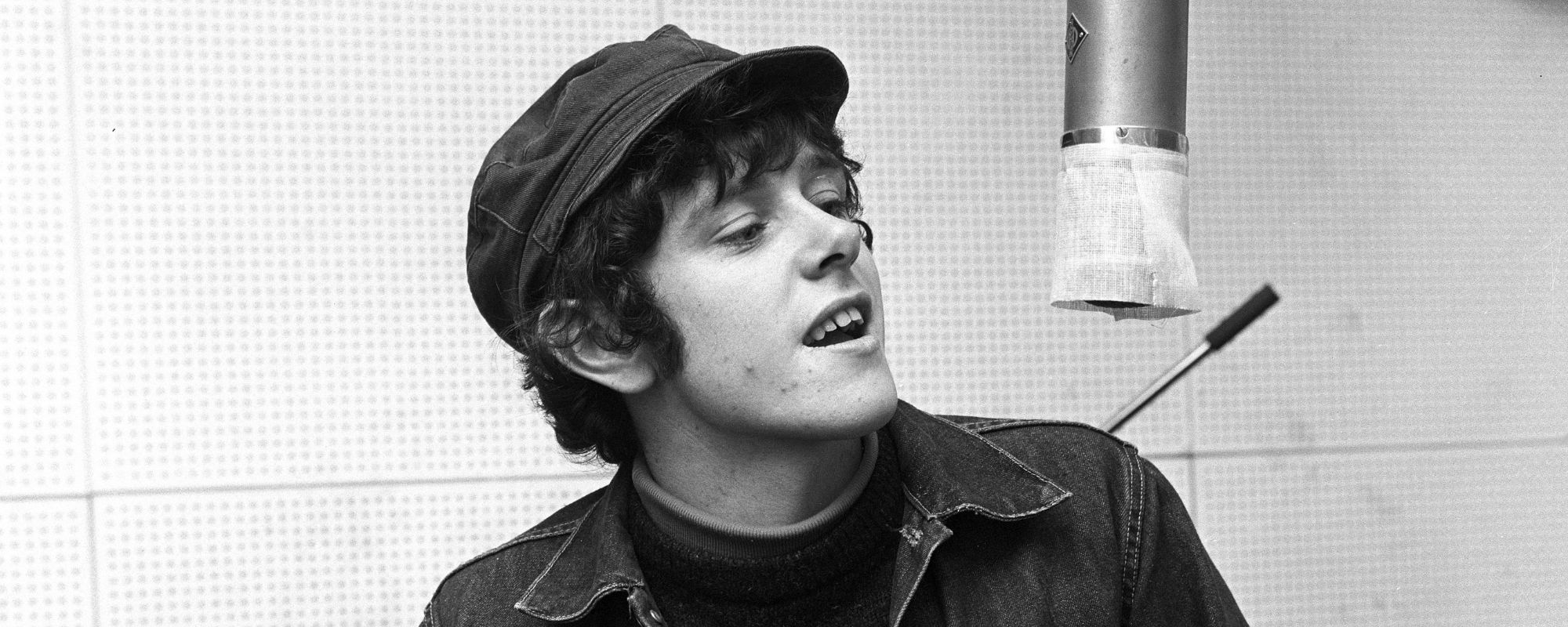
Leave a Reply
Only members can comment. Become a member. Already a member? Log in.